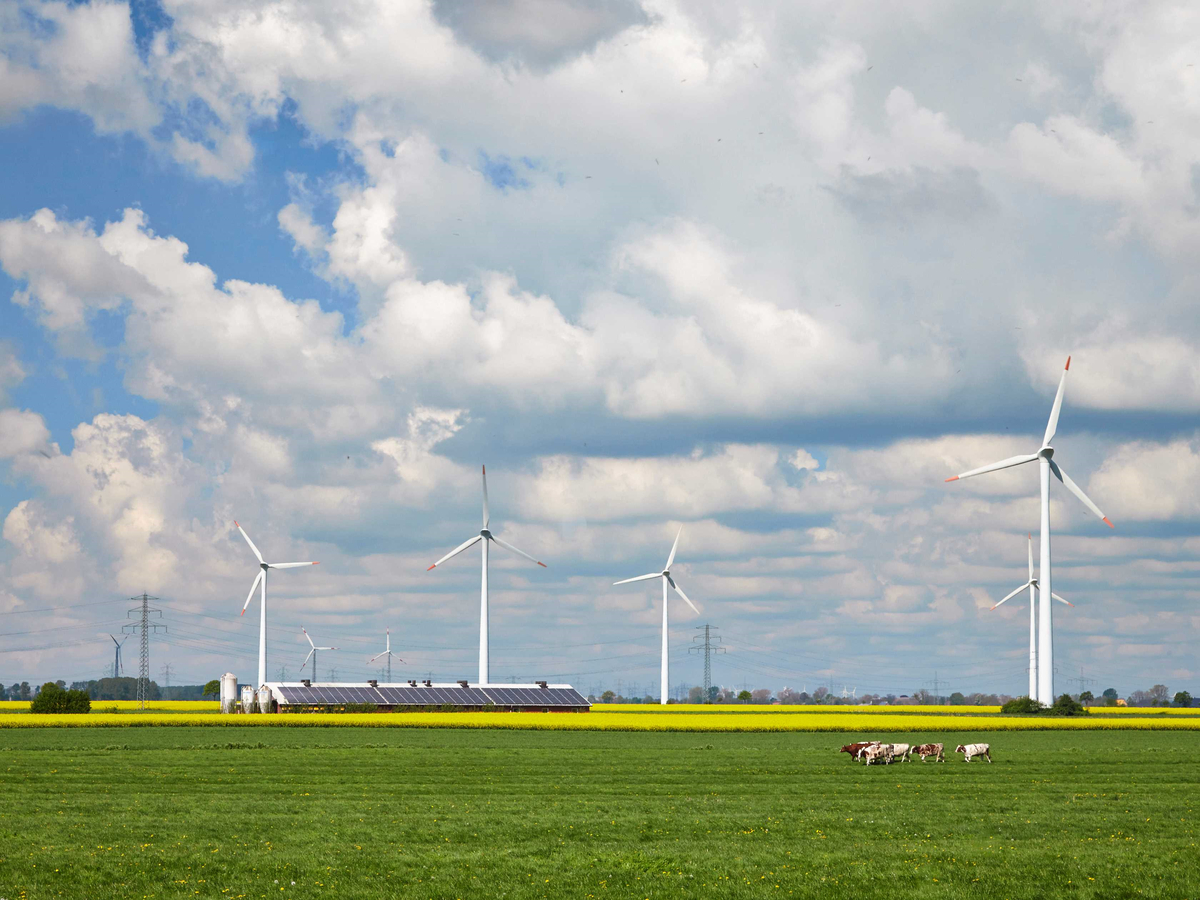New grid structures for the energy transition
In order to meet the climate targets of the Paris Agreement, Germany wants to switch its energy supply as far as possible to renewable energy sources such as solar energy and wind power by 2050. Since the energy supply from these sources is more difficult to control than that of conventional power plants, the demands on energy grids are changing. The ENSURE project will therefore develop the energy grids of the future and test them in real operation. This is taking place in a model region in Schleswig-Holstein, where renewable energies are already widely established.
Assessing the overall impacts of the energy transition
Depending on the way the energy transition is implemented, it does not only entail technological, but also different social, ecological, and economic changes. During the second phase of ENSURE, which has just started, ITAS is responsible for conducting regional sustainability assessments of these different pathways.
“This means that we want to assess and classify the impacts of the energy transition as holistically as possible,” explains the project team. These impacts could, for example, affect social interaction, the environment, and health as well as the economy. First of all, the researchers will deal with the impacts on the project region. However, their findings should be applicable to other regions as well.
Society as partner
In order to achieve this goal, researchers do not only cooperate with project partners from science, but also with representatives of society, such as local politicians, or members of environmental, social, and trade associations or even fire fighters and creative artists. This aims to ensure the broadest possible approval of the criteria used to evaluate the development paths. (21.01.2020)
Further links:
- Project description ENSURE – New ENergy grid StructURes for the German Energiewende on the ITAS website
- Introduction of the Energy Cosmos ENSURE in the Schleswig-Holstein model region


